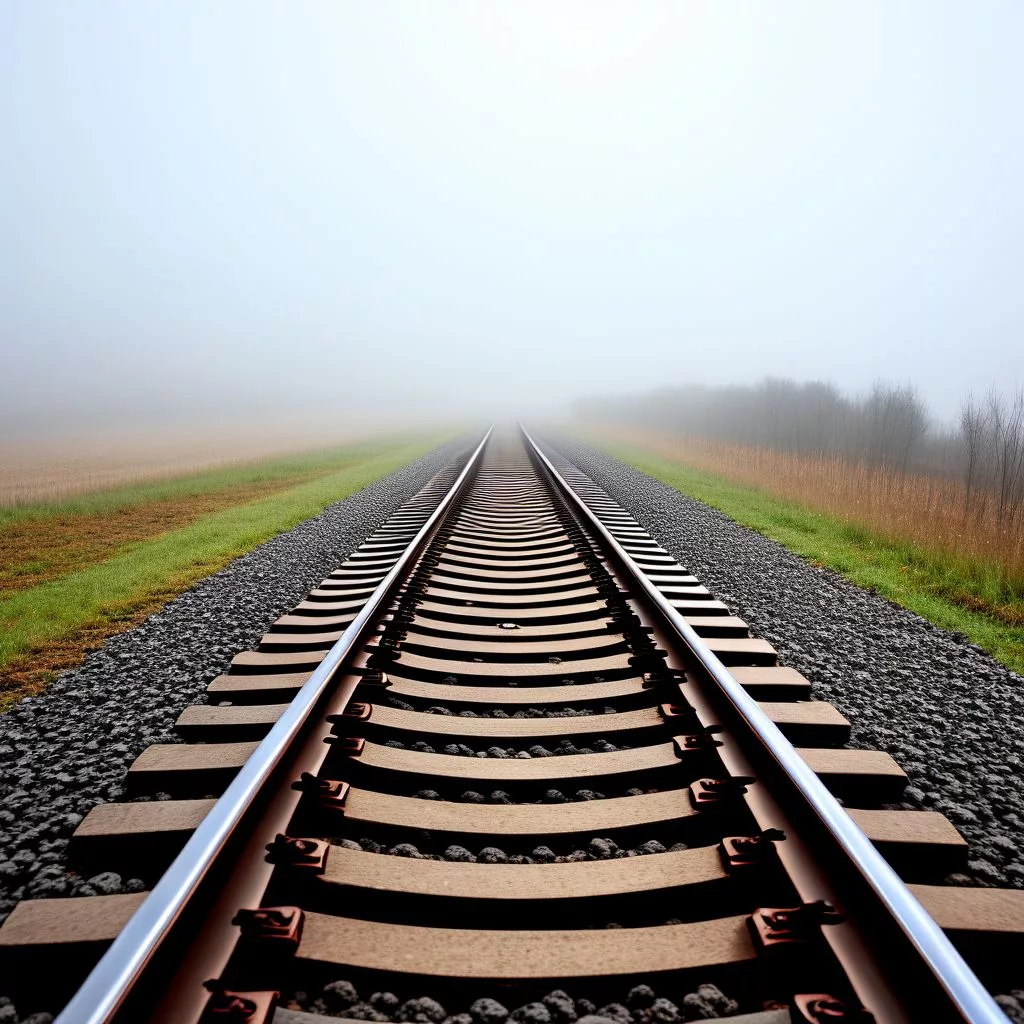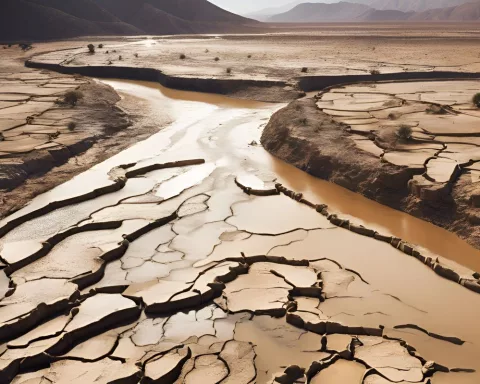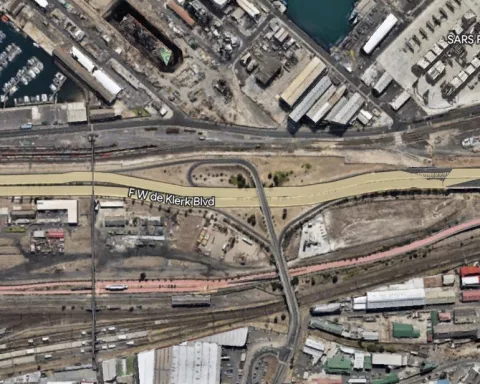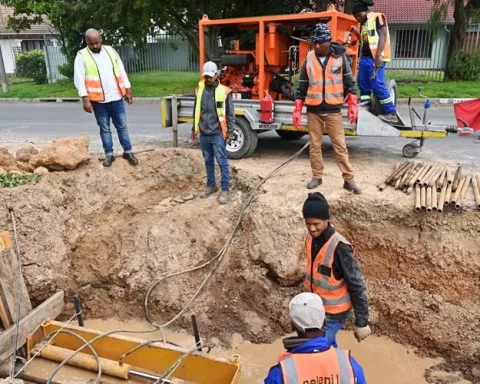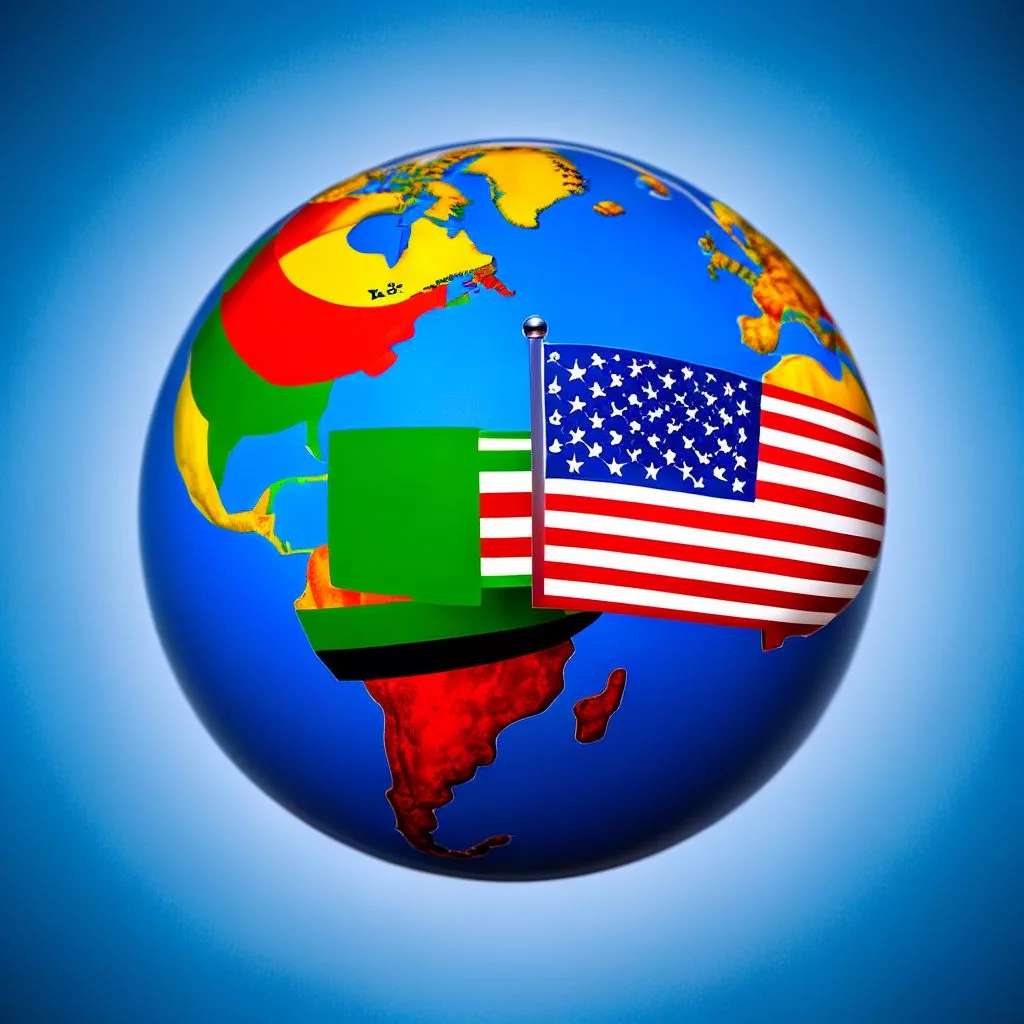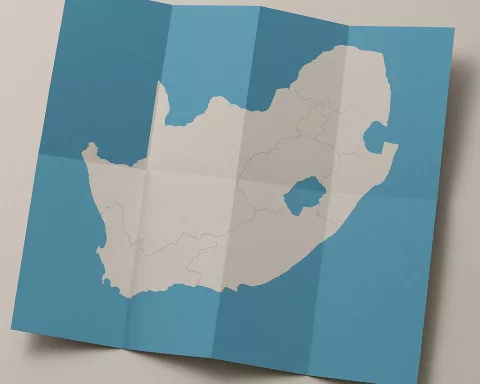South Africa’s rail and port systems are in big trouble, causing delays in important exports like coal and iron ore. The government, led by Transport Minister Barbara Creecy, is urgently asking private companies to help fix these systems. With rail performance at its lowest in decades, many businesses are struggling, and costs are rising. The government is opening doors for private investment, hoping it will bring new ideas and improvements. The success of this plan depends on private companies stepping up to invest and innovate, as the nation hopes to turn things around and restore its place in global trade.
What is the current state of South Africa’s rail and port infrastructure?
South Africa’s rail and port infrastructure is facing a critical crisis, marked by deteriorating performance and delays in key exports like coal and iron ore. The government is calling for private sector involvement to revitalize these networks, aiming for innovative solutions to restore efficiency and competitiveness.
Urgent Need for Private Sector Involvement
South Africa’s transport infrastructure faces a critical juncture, as deteriorating rail and port systems increasingly hinder the nation’s export-oriented economy. The urgency of this predicament has led Transport Minister Barbara Creecy to take unprecedented steps, calling on the private sector to play a crucial role in revitalizing these essential networks. Key exports like coal, iron ore, manganese, chrome, and automobiles have been severely impacted, causing significant delays and escalating costs for major companies, including Glencore, Anglo American, and BMW.
In a bold move, Minister Creecy has opened the doors for private sector engagement, seeking innovative solutions from businesses to repair and manage the faltering infrastructure. She recognized the gravity of the crisis, pointing out that freight rail performance has plummeted to worrying levels. For example, coal railings have reached their lowest point in nearly three decades, and iron ore shipments to the Port of Saldanha have hit a ten-year low. The repercussions are widespread and deeply felt, with automakers in Pretoria resorting to costly road transport to move vehicles to ports, further straining their budgets. Coastal manufacturers face similar struggles in transporting goods to Gauteng, South Africa’s largest car market.
Acknowledging the magnitude of these challenges, Minister Creecy said, “South Africa’s rail and port infrastructure faces substantial challenges, including declining performance.” Limited government funding has exacerbated the issue, making it evident that public resources alone are insufficient to resolve the crisis. To attract private sector investment, the government has outlined a framework allowing companies to operate their own trains on state-owned tracks, lease facilities, provide much-needed expertise, and invest in export terminals. This approach aims to blend public oversight with private sector efficiency without moving toward full-scale privatization, as reported by the Daily Investor.
Prioritizing Critical Rail Segments
Several critical segments of South Africa’s rail network require immediate attention. Among them is the Northern Cape rail line, essential for Anglo’s Kumba Iron Ore operations, and the manganese routes that lead to the ports of Ngqura and Port Elizabeth. Investment in coal and chrome routes to Richards Bay is also crucial, with growing interest in exploring the export potential of magnetite, a lower-grade iron ore, from the same port. Additionally, the underperforming container-rail service between Gauteng and Durban needs substantial improvements to enhance efficiency, while boosting capacity at the Eastern Cape’s automotive ports remains a high priority.
The South African government has set an August deadline for formal proposals from interested companies, highlighting the urgency for solutions. The stakes are high, as coal, iron ore, and vehicles are among the country’s top five exports. Failure to address the issues plaguing the freight network could result in significant economic losses, compounding an already dire economic situation.
The narrative of South Africa’s rail and port decline is not merely a tale of infrastructural decay but also a reflection of broader socio-economic challenges. Historically, South Africa’s freight network was among the most advanced on the continent, a legacy of the country’s industrial ambitions during the 20th century. However, years of underinvestment, coupled with systemic inefficiencies and corruption, have eroded this once robust infrastructure.
The Ripple Effect on Industries
The decline of South Africa’s rail system has had a ripple effect across various sectors. Companies that once relied on the efficiency of rail transport now face logistical nightmares, forcing them to pivot to less efficient and more expensive modes of transport. This shift not only inflates operational costs but also affects the competitiveness of South African goods on the global market. For instance, the automobile industry, a cornerstone of South Africa’s manufacturing sector, now encounters new hurdles in maintaining its export volume and market share.
The situation evokes comparisons with other nations that have faced similar infrastructural challenges. In the mid-20th century, the United States experienced a period of rail decline, prompting a series of reforms and private investments that eventually revitalized the industry. Similarly, European countries have seen the benefits of public-private partnerships in modernizing their transport networks. Such historical parallels offer a glimmer of hope for South Africa, suggesting that with the right mix of public oversight and private initiative, a turnaround is possible.
However, the road to recovery is fraught with challenges. One of the key obstacles is the need for a coherent and transparent regulatory framework that encourages private investment while safeguarding public interests. Investors need assurance that their investments will be protected and that they will receive a reasonable return. This requires a stable political and economic environment, something that has been somewhat elusive in South Africa in recent years.
The Path to Modernization and Efficiency
The success of this initiative hinges on the willingness of the private sector to step up and invest in the long-term potential of South Africa’s freight network. This entails not just financial investment but also the transfer of expertise and technology, critical components for modernizing the rail and port infrastructure. Companies must see the value in entering into a partnership with the government, sharing both the risks and the rewards that come with such ventures.
As the August deadline approaches, there is a palpable sense of anticipation. The question on everyone’s mind is whether this latest effort will mark the beginning of a new chapter for South Africa’s rail and port infrastructure. Will private sector involvement provide the much-needed boost to revive these critical networks, or is it a case of too little, too late?
In this unfolding drama, the role of visionary leadership cannot be overstated. Minister Creecy’s proactive stance has set the stage for potential transformation, but it will require steadfast commitment from all stakeholders to turn vision into reality. The coming months will be crucial in determining whether South Africa can overcome its infrastructural woes and reclaim its position as a key player in the global export market.
“`markdown
FAQ on South Africa’s Rail and Port Crisis
What is the current state of South Africa’s rail and port infrastructure?
South Africa’s rail and port infrastructure is experiencing a critical crisis characterized by deteriorating performance and significant delays in the export of key commodities like coal and iron ore. The government, led by Transport Minister Barbara Creecy, is calling for private sector involvement to revitalize these essential networks, seeking innovative solutions to restore efficiency and competitiveness.
Why is private sector involvement being sought in the rail and port systems?
The urgency for private sector involvement arises from limited government funding and the recognition that public resources alone are insufficient to resolve the ongoing crisis. By inviting private companies to invest, the government aims to leverage their expertise and innovation to improve the infrastructure’s efficiency and effectiveness without resorting to full-scale privatization.
What specific areas of the rail network require urgent attention?
Several critical segments in South Africa’s rail network require immediate improvement, including the Northern Cape rail line for Kumba Iron Ore operations, manganese routes to the ports of Ngqura and Port Elizabeth, and coal and chrome routes to Richards Bay. Additionally, enhancing the underperforming container-rail service between Gauteng and Durban is crucial for overall operational efficiency.
How is the decline in the rail system affecting industries in South Africa?
The decline in the rail system has caused significant disruptions across various sectors, leading companies to turn to more expensive and less efficient transport methods. This shift inflates operational costs and diminishes the competitiveness of South African goods in global markets, particularly impacting industries like automobile manufacturing that heavily rely on efficient logistics.
What are the potential benefits of private investment in South Africa’s transport infrastructure?
Private investment has the potential to modernize South Africa’s rail and port infrastructure through the infusion of financial resources, technology, and expertise. Such partnerships can enhance operational efficiency, improve service delivery, and restore the country’s position as a competitive player in global trade, ultimately benefiting the broader economy.
What challenges does the government face in attracting private investment?
Attracting private investment comes with challenges, including the need for a transparent regulatory framework that balances investor interests with public accountability. Additionally, creating a stable political and economic environment is crucial to instilling investor confidence and ensuring that investments are protected and yield reasonable returns.
“`

